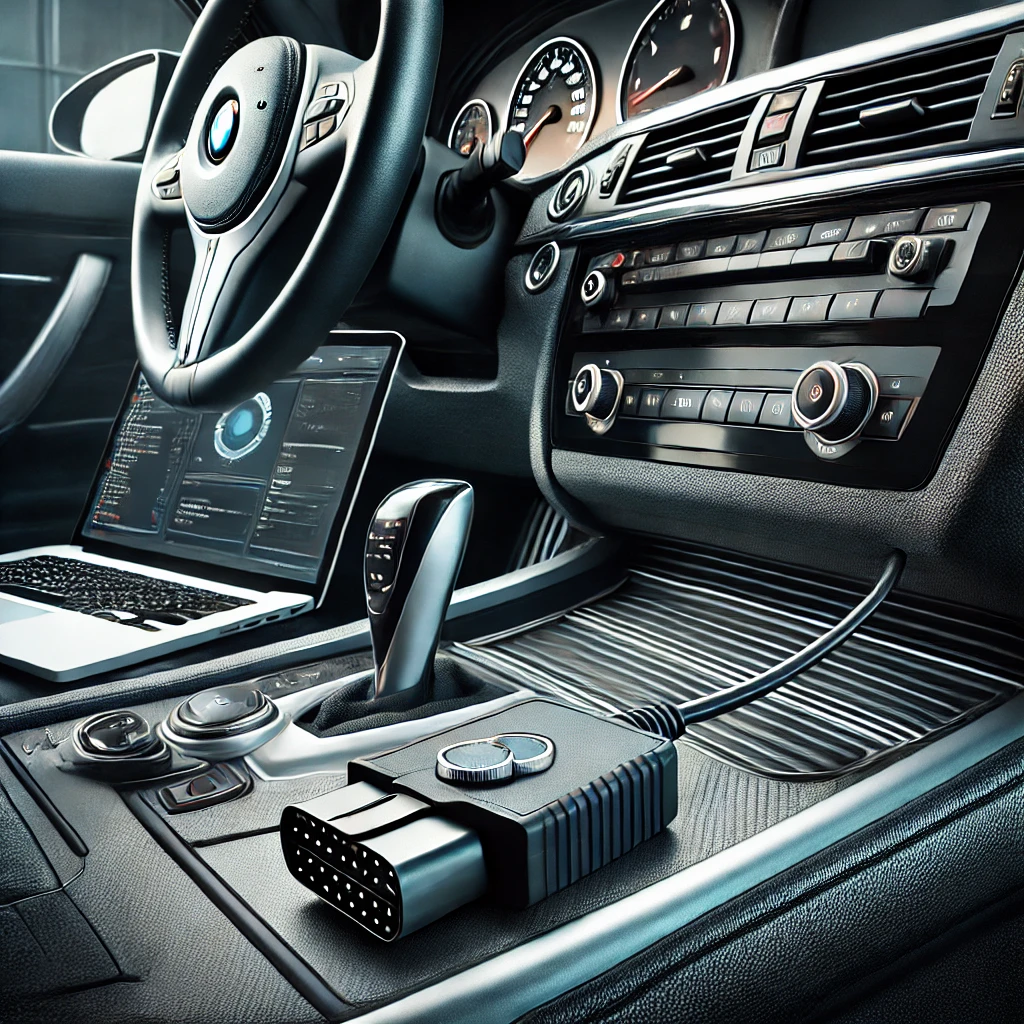The BMW F30, part of the 3 Series lineup, is renowned for its sleek design, performance, and advanced technological features. However, one feature that some owners findrestrictive is the requirement to press the brake pedal before starting the engine. This safety feature is standard in many modern vehicles, but there are circumstances where bypassing this requirement can be convenient. This guide will walk you through the process of coding your BMW F30 to start without hitting the brake pedal, offering a step-by-step approach while highlighting the considerations and precautions involved.
Understanding the Brake Pedal Start Requirement
Before diving into the coding process, it’s essential to understand why BMW and other manufacturers include the brake pedal start requirement. Primarily, this feature is a safety measure designed to prevent unintended vehicle movement when starting the car. It ensures that the driver is prepared and in control before the engine roars to life. Disabling this feature might seem like a minor tweak, but it’s crucial to be aware of the potential risks involved, especially if the car is started in gear or on an incline.
Why Would You Want to Disable It?
While the brake pedal start requirement is a safety feature, there are scenarios where bypassing it can be beneficial:
– Convenience: In certain situations, such as when you need to quickly start the car while loading or unloading items, bypassing the brake pedal requirement can save time.
– Customization: Car enthusiasts often enjoy customizing their vehicles to fit their specific needs and preferences. Disabling the brake pedal start requirement is one way to personalize your driving experience.
– Remote Start Compatibility: Some aftermarket remote start systems may require this modification to function correctly.
What You Need Before Coding
To code your BMW F30 to start without hitting the brake pedal, you’ll need the following:
– OBD-II Adapter: This device connects to your car’s OBD-II port, typically located under the dashboard. It’s necessary for accessing the car’s computer system.
– Coding Software: There are several coding software options available, such as BimmerCode or E-Sys, which allow you to make adjustments to your car’s electronic control unit (ECU).
– Smartphone or Laptop: Depending on the software you choose, you’ll need a compatible device to run the coding software.
– Stable Internet Connection: While not always necessary, having an internet connection can help in case you need to download additional coding data or updates.
Step-by-Step Guide to Coding
1. Install the Coding Software
First, download and install the coding software on your smartphone or laptop. BimmerCode is user-friendly and widely used among BMW owners for its ease of use, while E-Sys is more advanced and offers greater control.
2. Connect the OBD-II Adapter
Plug the OBD-II adapter into your car’s OBD-II port. Ensure your vehicle is in a safe, stationary position, and the ignition is in the “on” position but do not start the engine.
3. Pair Your Device with the Adapter
Using Bluetooth or a USB cable, connect your smartphone or laptop to the OBD-II adapter. Launch the coding software, and it should detect your vehicle automatically.
4. Access the Appropriate Control Unit
In the coding software, navigate to the control unit responsible for the start/stop function. This is typically found under the body or vehicle access module.
5. Modify the Brake Pedal Requirement
Look for the setting related to the brake pedal start requirement. The exact naming may vary depending on the software, but it’s usually labeled something like “Start without brake” or “Brake pedal start override.” Change the setting from “active” to “inactive.”
6. Save and Apply the Changes
After making the necessary adjustments, save the changes in the software. The car’s ECU will reboot to apply the new settings. This process may take a few seconds.
7. Test the Functionality
Turn off the ignition and then attempt to start the car without pressing the brake pedal. If the car starts without any issues, the coding was successful.
Potential Risks and Considerations
While disabling the brake pedal start requirement can offer added convenience, it’s important to be mindful of the risks:
– Safety Concerns: Bypassing this safety feature can lead to unintended consequences, such as the car moving if started while in gear. Always ensure the car is in “park” or “neutral” before starting the engine.
– Warranty Implications: Modifying your vehicle’s software can potentially void parts of your warranty, especially if the coding is not performed by an authorized BMW technician.
– Legal Issues: In some regions, altering factory-set safety features may be illegal. It’s advisable to check your local regulations before proceeding.
Alternatives to Coding
If you’re hesitant about coding your BMW F30, there are alternative methods to achieve similar results:
– Aftermarket Remote Start Systems: Some remote start systems are designed to bypass the brake pedal requirement without needing to alter the car’s software.
– Professional Coding Services: Hiring a professional with experience in BMW coding can ensure the job is done correctly and safely.
Conclusion
Coding your BMW F30 to start without hitting the brake pedal is a straightforward process that can be completed with the right tools and a bit of technical know-how. While the modification offers convenience, it’s essential to weigh the benefits against the potential risks. Always prioritize safety and consider seeking professional assistance if you’re unsure about the process. By following this guide, you can customize your driving experience to better suit your needs, making your BMW F30 even more enjoyable to drive.
For a deeper understanding of vehicle safety features, check out the on Anti-lock Braking System (ABS)
FAQs About Coding a BMW F30 to Start Without Hitting the Brake Pedal
1. Is it safe to code my BMW F30 to start without pressing the brake pedal?
While coding your BMW F30 to start without pressing the brake pedal can be convenient, it does bypass a safety feature designed to prevent unintended vehicle movement. It’s essential to ensure the vehicle is always in “park” or “neutral” before starting to avoid accidents. Consider the potential risks and make an informed decision before proceeding.
2. Will coding my BMW F30 to start without the brake pedal void my warranty?
Modifying your vehicle’s software can potentially void parts of your warranty, especially if the coding is not done by an authorized BMW technician. It’s advisable to check your warranty terms and consult with your dealer before making any modifications.
3. What tools do I need to code my BMW F30 to start without hitting the brake pedal?
You’ll need an OBD-II adapter, compatible coding software (such as BimmerCode or E-Sys), and a smartphone or laptop to run the software. The process involves connecting the adapter to your car’s OBD-II port and making the necessary adjustments through the coding software.
4. Can I reverse the coding if I change my mind later?
Yes, the coding process can be reversed. If you decide later that you want to restore the original setting, you can use the same coding software to change the setting back to require pressing the brake pedal before starting the engine.
5. Is it legal to code my car to start without the brake pedal?
The legality of modifying factory-set safety features varies by region. In some areas, it may be illegal to disable such features. It’s important to check your local regulations before proceeding with the coding to ensure you’re in compliance with the law.
Read more on timesradar


